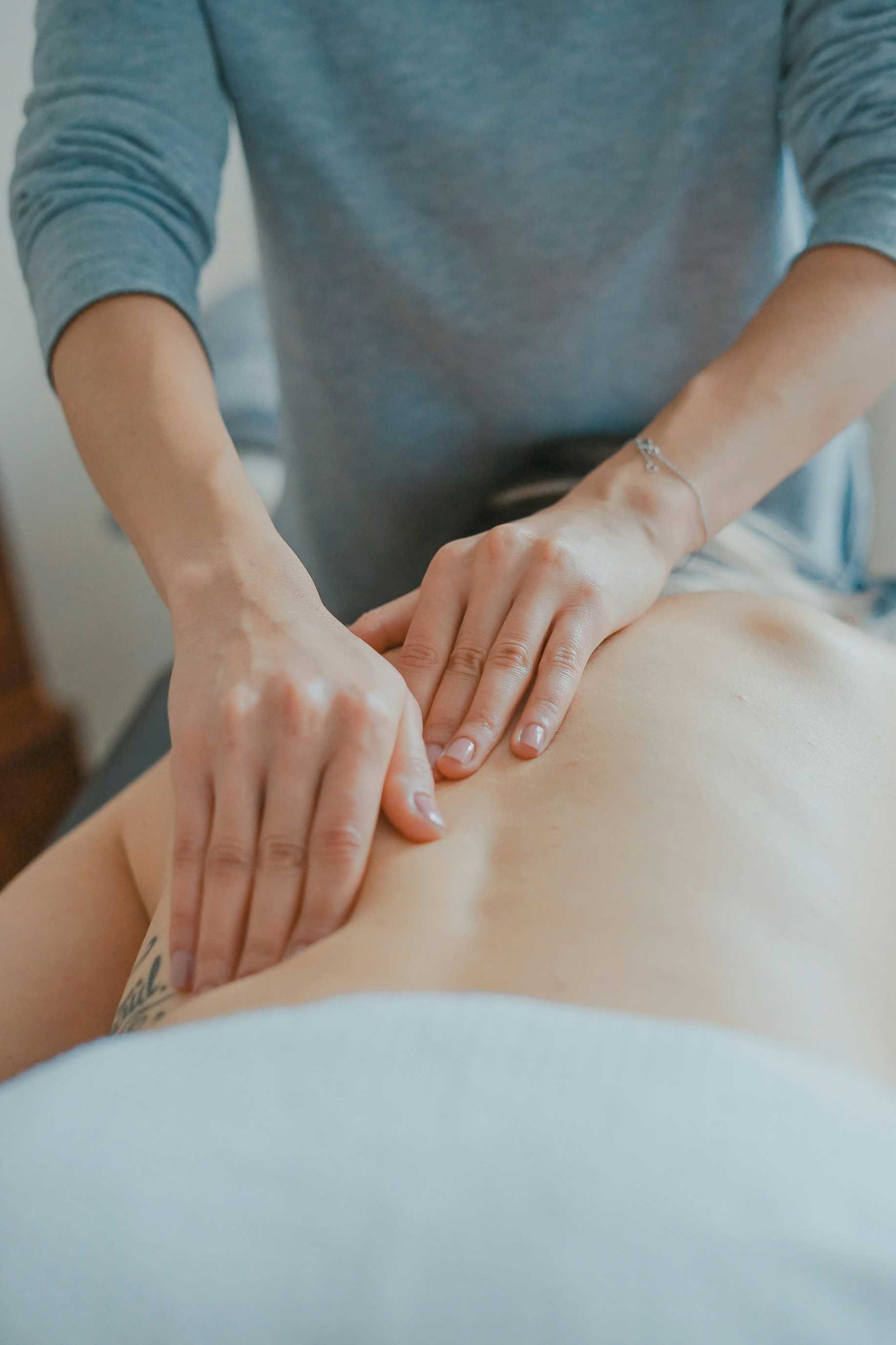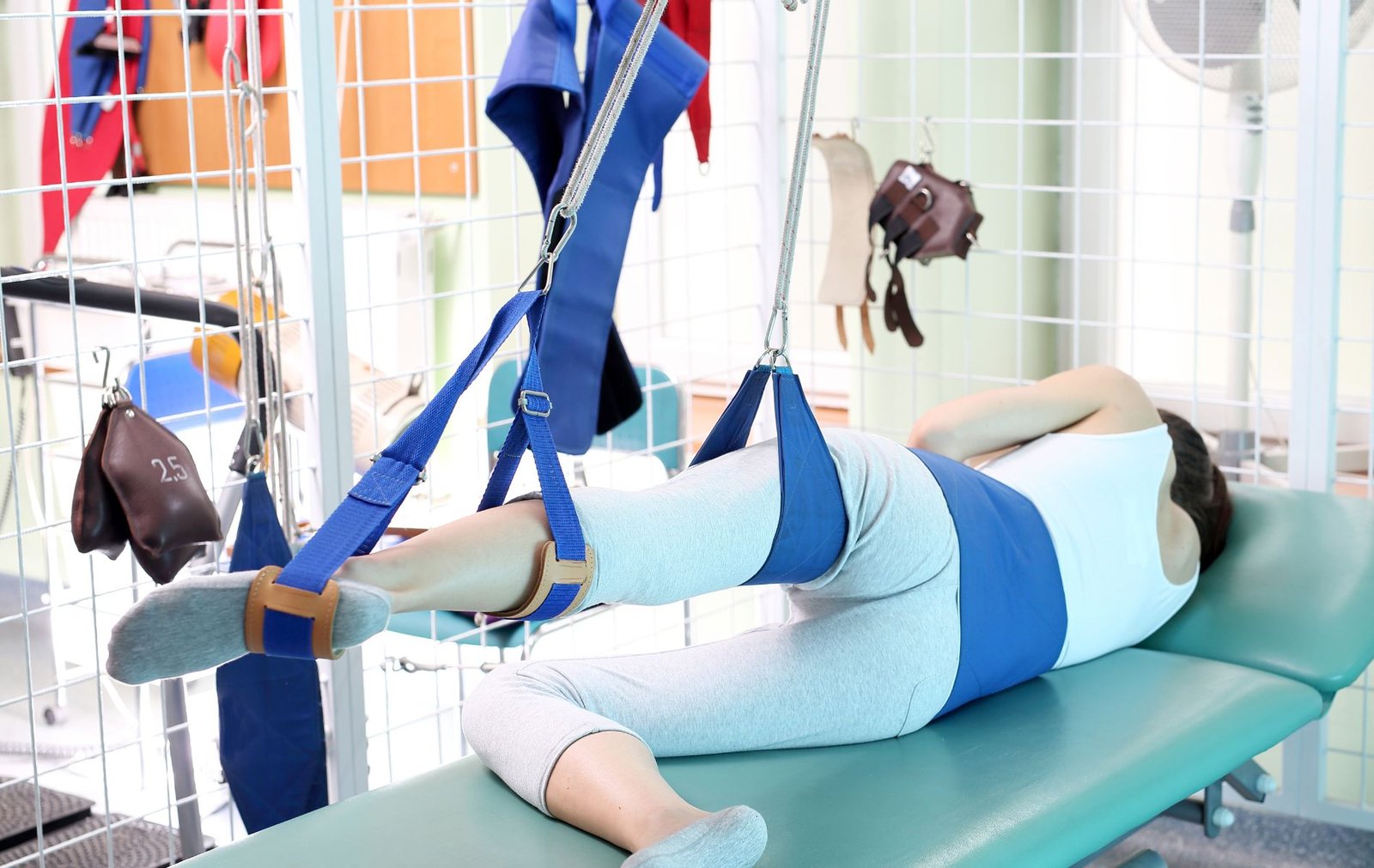Geriatric physiotherapists treat a wide range of conditions, including:

A geriatric physiotherapist plays a crucial role in optimizing the health and well-being of older adults. Their responsibilities include:
Assessment and Diagnosis
Treatment Planning
Therapeutic Interventions

Geriatric physiotherapy offers numerous benefits for older adults:
Choosing a Geriatric Physiotherapist
When selecting a geriatric physiotherapist, consider the following factors:

Geriatric physiotherapy is a rapidly evolving field with exciting advancements on the horizon. Some emerging trends include:
By embracing these advancements, geriatric physiotherapists can continue to provide cutting-edge care and improve the quality of life for older adults.
Additional Considerations for Geriatric Physiotherapy
By considering these additional factors, geriatric physiotherapists can provide comprehensive care to older adults and help them age gracefully and independently.



